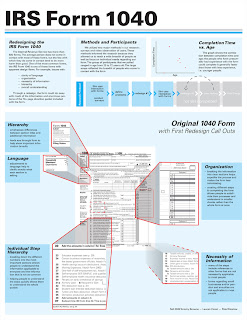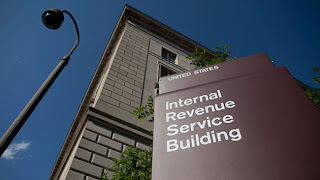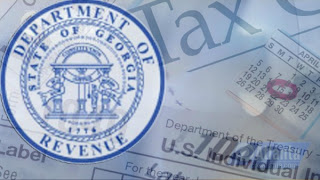With just 5 days left in the 2013 tax season, you might be scrambling to prepare your tax returns at the last minute, but as you go to reach for that 1040, here’s the question… which one? Yes, believe it or not, there are actually many different 1040 options available to you. Which one you should use depends on a number of factors, such as your filing status, your residency/citizenship status, the credits and deductions you’re eligible to claim and even how much taxable income you have!

While there are many options, below we discuss in detail the 3 most commonly used 1040 forms, the 1040-EZ, the 1040-A and the good ‘ole reliable 1040, so you can see which is right for you.
Let’s start with the 1040-EZ. This is the simplest of the 1040 forms, but calling it easy (or “EZ”) is not really all that accurate. Chew on this fact for a moment… The 2012 version of Form 1040-EZ is two pages, but the instructions for those two pages? Well, they are 46 pages long! Despite the EZ’s lack of true simplicity, it’s still the lesser of all evils when it comes to 1040 forms, so if you can use the form without giving up any deductions or credits, it often pays to do so.
Unfortunately, many people cannot file1040-EZ because they fail to meet the narrow requirements for its use. For example, if you have even a single dollar of IRA distributions or income from dividends (other than from the Alaska Permanent Fund), you cannot use Form 1040-EZ. Other restrictions include, but are not limited to the following:
- You must file as either a single person or married filing jointly
- Your income must be from only certain limited sources, including wages, salaries, tips and limited amounts of interest.
- You cannot claim any dependents
- Your taxable interest was not over $1,500
- Your total taxable income was less than $100,000
- You don’t itemize deductions
- You won’t claim any tax credits other than the earned income credit
Next up is the 1040-A. The 1040-A is somewhat of a hybrid between the 1040-EZ and the “regular” 1040. It has slightly relaxed restrictions (yes, you can actually have an IRA distribution here), but there are still a number of limitations on who can use the form. These include, but are not limited to the following:
- Your income must be from only certain limited sources, including wages, salaries, tips, interest dividends, capital gains, pensions, annuities, taxable Social Security and, most importantly for our readers, IRA distributions.
- Your total taxable income was less than $100,000
- You don’t itemize deductions
- You have only certain “above-the-line” deductions, including the deductions for an IRA contribution, student loan interest, tuition and fees and educator expenses.
- You claim only certain credits, including the earned income credit, the credit for elderly and disabled, educations credits, the child tax credit, the credit for dependent care expenses and the retirement savings contribution credit.
For a more detailed list of the restrictions on filing either 1040-EZ or 1040-A
click here.
If you can’t file Form 1040-EZ or Form 1040-A because you don’t meet their requirements (say, for instance, you itemize your deductions), you’re probably going to be
filing the plain vanilla 1040. Remember the 46 pages of instructions for the 1040-EZ? Well you’ll be longing for those days. This year’s Form 1040 is two pages long (the same as Form 1040-EZ), but its instructions are 214 pages long!
Yes, that’s right. The instructions are more than 100 times as long as the actual form they are telling you how to fill out. Wowzers!
And if you think that’s pretty nuts, get a load of this. Most people know about Form 1040 and there are even a number of people familiar with the 1040-EZ and/or 1040A discussed above, but did you know there are even more 1040 Forms? Well if not… surprise!!! There’s the 1040-NR-EZ for certain non-resident aliens, the 1040-NR for other non-resident aliens and there are even special 1040 forms for bonafide residents of Puerto Rico.
So this year, as you finish up your last minute tax preparations, just remember that things aren’t always as “EZ” as they seem. Happy filing!
-By Jeffrey Levine and Jared Trexler 






















